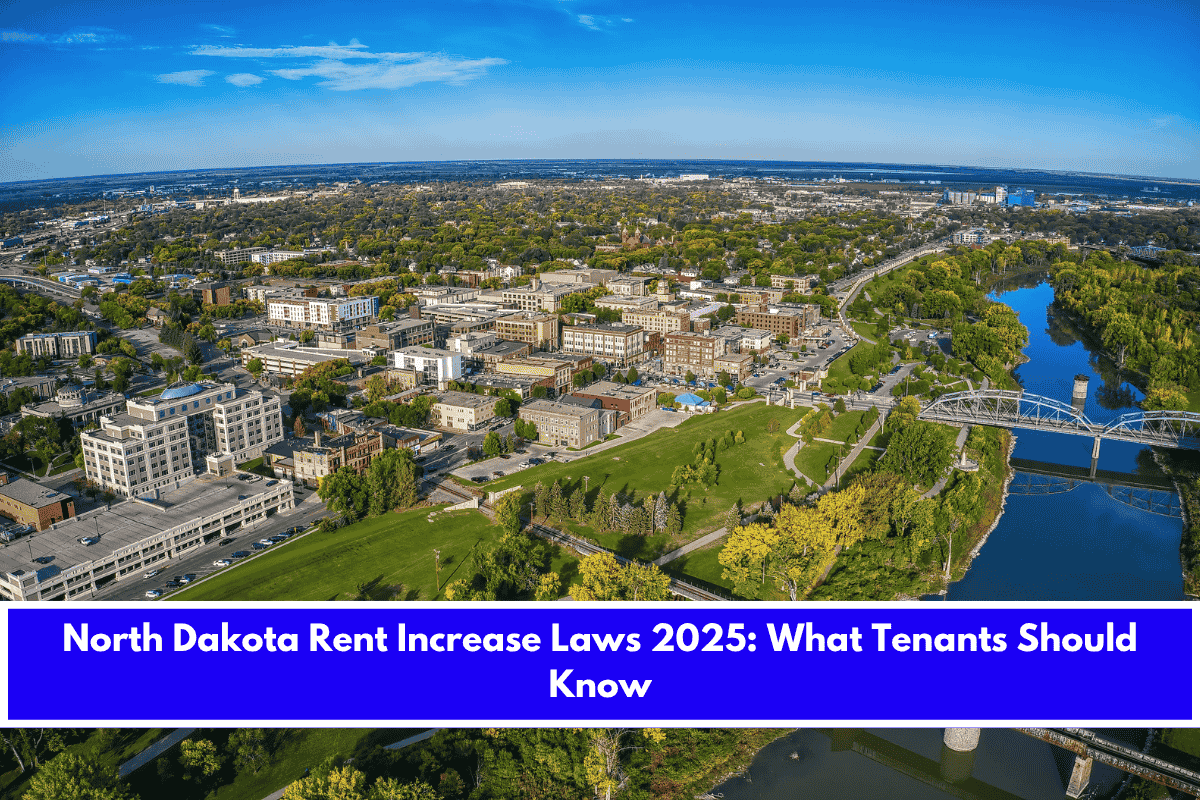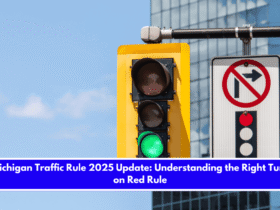North Dakota rent increase laws for 2025 provide clear guidelines for both landlords and tenants, focusing on notice requirements and frequency restrictions rather than price caps. Here’s what tenants should know:
No Rent Control or Cap on Increases
North Dakota does not have rent control or rent stabilization laws. This means there is no legal limit on how much a landlord can increase rent for any property, as long as the increase is not retaliatory or discriminatory. Rent increases are typically influenced by market conditions and individual landlord decisions.
Frequency of Rent Increases
- Fixed-Term Leases: During the lease term, rent cannot be increased unless the lease specifically allows for it. Rent can only be raised at the end of the lease when it is renewed or converted to a periodic tenancy.
- Periodic Tenancies (Month-to-Month or Week-to-Week): Landlords can only increase rent once every 12-month period for periodic tenancies. This means that, for example, if you are on a month-to-month lease, your rent can be raised no more than once per year.
Notice Requirements
- Month-to-Month Tenancies: Landlords must provide at least 30 days’ written notice before a rent increase takes effect. This gives tenants time to adjust or decide whether to continue renting.
- Week-to-Week Tenancies: Only 7 days’ written notice is required before a rent increase.
- Mobile Home Lots: Landlords must give 90 days’ notice before raising the rent for mobile home lot tenancies.
Tenant Rights and Protections
- Notice Must Be in Writing: All rent increase notices must be provided in writing and should include the new rent amount and the effective date.
- Discrimination and Retaliation Prohibited: Landlords cannot increase rent as a form of retaliation or discrimination against a tenant.
- Right to Terminate: If a tenant does not wish to accept the increased rent, they have the right to terminate the lease by providing the required notice (typically at least 25 days for a month-to-month tenancy).
- Challenging Unfair Increases: Tenants may dispute a rent increase if it is retaliatory or discriminatory. Legal assistance or tenant rights organizations can provide support in such cases.
Summary Table
| Lease Type | Maximum Frequency of Increase | Notice Required | Cap on Increase Amount |
|---|---|---|---|
| Fixed-term | End of lease only | N/A | No |
| Month-to-month | Once per year | 30 days | No |
| Week-to-week | Once per year | 7 days | No |
| Mobile home lot | Once per year | 90 days | No |
Key Takeaways
- No rent control: Landlords can increase rent by any amount, but only once per year for periodic tenancies.
- Notice is required: Tenants must receive written notice before any rent increase.
- Tenants can move out: If tenants do not agree to the increase, they can terminate their lease with proper notice.
- Protections against discrimination and retaliation: Rent increases cannot be used to punish or discriminate against tenants.
By understanding these rules, North Dakota tenants can better navigate rent increases and protect their rights in 2025.
Sources:
- https://www.steadily.com/blog/rent-increase-laws-regulations-north-dakota
- https://www.nolo.com/legal-encyclopedia/overview-landlord-tenant-laws-north-dakota.html
- https://innago.com/north-dakota-landlord-tenant-laws/
- https://www.turbotenant.com/rental-lease-agreement/north-dakota/month-to-month/











Leave a Reply